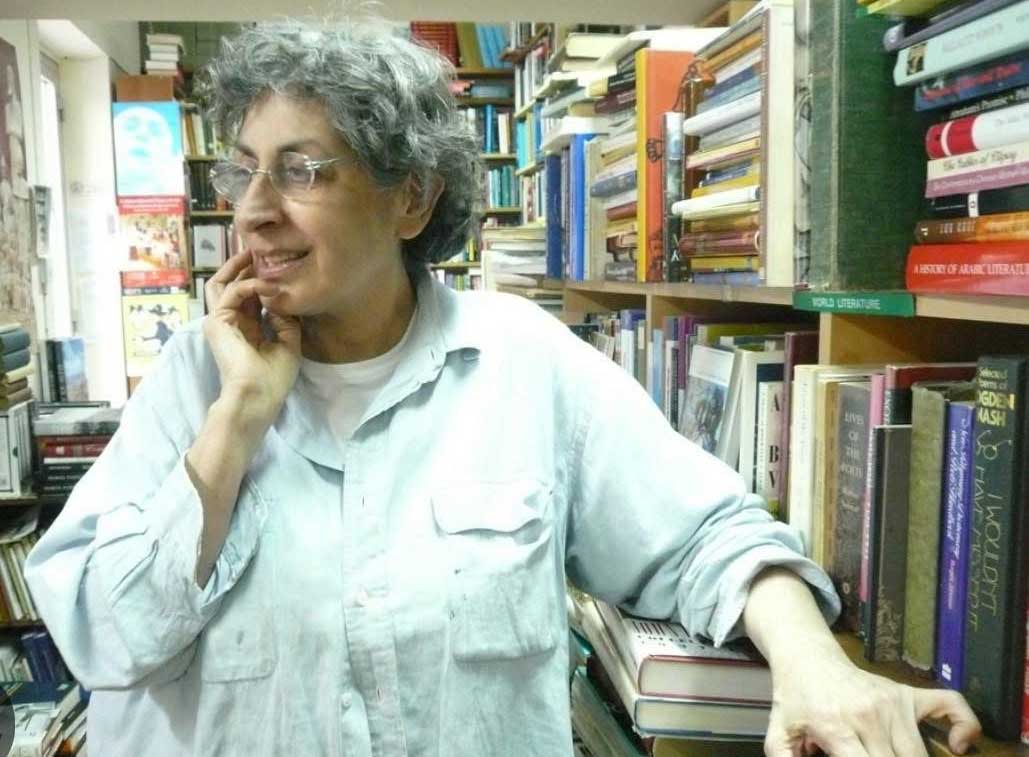Cyprus had the highest share of women enrolled in postgraduate studies and the second-highest share in doctoral studies across the European Union in 2022, according to data released by Eurostat.
Specifically, out of 9,359 master’s students in Cyprus in 2022, 6,948 were women, accounting for 74.2 per cent of the total – the highest percentage among EU member states. Poland followed with 67.3 per cent and Lithuania with 66.1 per cent.
At the EU level, women made up 58.6 per cent of all postgraduate students, with 905,678 women out of 1.5 million students. Women were the majority in postgraduate studies across all EU countries except Luxembourg, where gender distribution was nearly equal (49.8 per cent).
For doctoral studies, 83 out of 143 PhD candidates in Cyprus were women, representing 58 per cent – the second-highest share after Latvia (59.6 per cent) and ahead of Lithuania (57.4 per cent). Across the EU, the average share of women in doctoral programmes stood at 48.5 per cent, with 48,079 female PhD candidates out of 99,204 total students.
Even the lowest percentages in the EU remained relatively high, with Luxembourg at 42.3 per cent, Austria at 43.3 per cent, and the Czech Republic at 44.1 per cent.
Between 2013 and 2022, the share of women in postgraduate programmes across the EU saw a slight decrease of 0.4 percentage points, due to declines in 12 countries. Reductions ranged from -0.1 percentage points in Slovenia to -3.6 percentage points in Hungary.
Conversely, the share of women in doctoral programmes increased by one percentage point, with 19 EU countries reporting growth.
Cyprus recorded the largest increase, with an 8-percentage-point rise from 2013 to 2022.
Women made up the majority of students in education-related fields, with 75.6 per cent of postgraduate students and 66.9 per cent of doctoral candidates in 2022. In postgraduate studies, after education, the highest shares of female students were in general programmes (73.7 per cent), arts and humanities (69.5 per cent), and social sciences and journalism (68.7 per cent).
For doctoral studies, the second most female-dominated field after education was health and welfare (60.9 per cent), followed by agriculture, forestry, fisheries and veterinary sciences (57.5 per cent), social sciences and journalism (57.3 per cent), and arts and humanities (53.3 per cent).
Women remained underrepresented in information and communication technologies, making up just 26.2 per cent of postgraduate students and 22.6 per cent of doctoral candidates in the field. They were also a minority in engineering, manufacturing and construction, accounting for 33.4 per cent of postgraduate students and 32.7 per cent of doctoral students.







Click here to change your cookie preferences